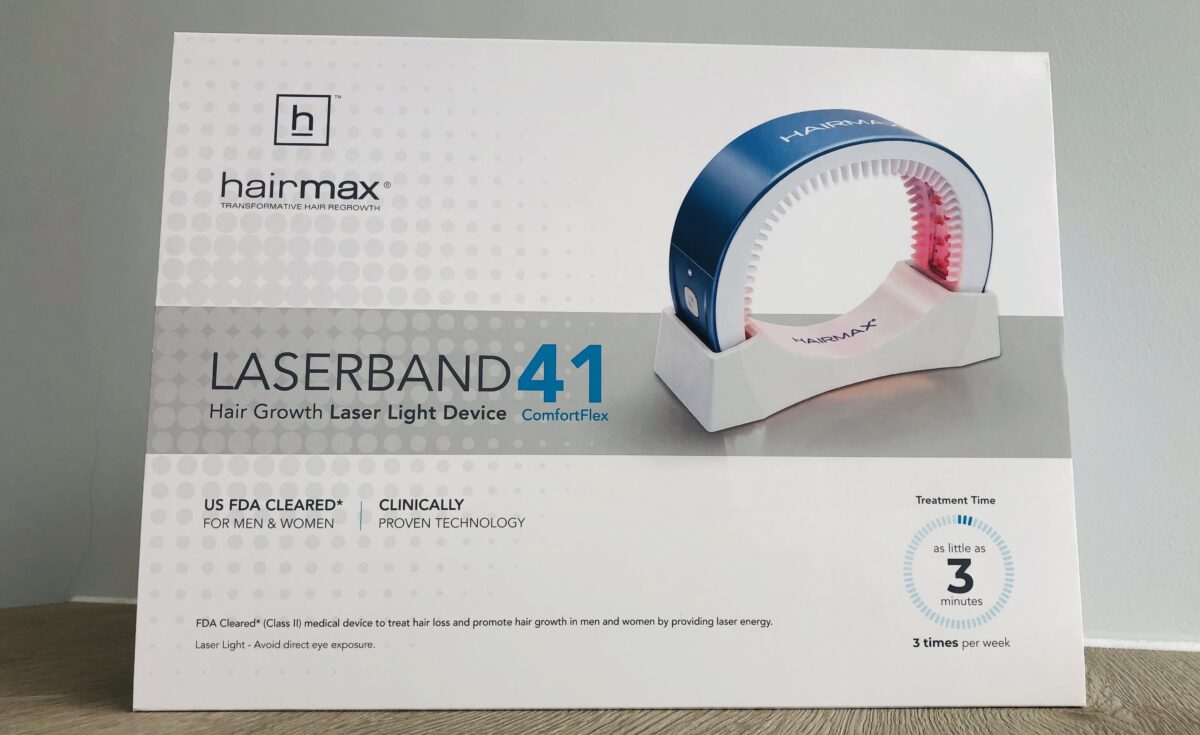Low Light Laser therapy represents a safe and a potential treatment option in patients suffering with non-scarring alopecias who do not respond or are not tolerant to standard treatment of hair loss. Combination of LLLT with topical minoxidil and oral finasteride may act synergistically to enhance hair growth
Laser phototherapy relies on exposure of biological tissues to monochromatic light to induce a variety of positive therapeutic benefits. Low-intensity light is called low-level laser therapy (LLLT) which stimulates cellular activity in tissues to promote tissue repair and regeneration. For hair loss the frequency of this light is near 655nM.
In 1967, Mester E incidentally discovered the ability of lasers to induce hair growth using low intensity light while treating cancer in mice with shaved backs. That led to the gradual evolvement to low light laser hair combs to treat hair loss.
How does LLLT work for hair loss? The mechanism of action of LLLT in the treatment of hair loss is not fully known, although there are several theories, the proposed mechanism is by direct stimulation by the light energy on cell proliferation of outer root sheath as well as at the ‘bulge’ area of the hair. It is also proposed that the light energy releases chemical mediators at the root of the hair follicle causing increased blood flow and enhancing growth at the root of the hair.
Is LLLT beneficial? A research article was published in the Journal of Cutaneous and Aesthetic Surgery in 2021 in an attempt to look for evidence that LLLT works for hair loss. For that publication, a literature review of all research articles published in scientific journals that were relevant to LLLT for treating hair loss was carried out and a total of 15 relevant articles were found.
These studies have shown that LLLT is safe and has some efficacy in the treatment of androgenetic hair loss. At least more than half of the studies showed an improvement in the hair regrowth in the form of increased hair count, increased hair density and tensile strength, and also the prevention of hair loss among the subjects on whom the studies were carried out
The only adverse effects reported in humans while using LLLT for hair growth were the temporary onset of telogen effluvium (temporary shedding) that occurred in the first 1–2 months after commencing LaserComb treatment, but disappeared on continued application (like most treatments for hair loss).
HairMax laser-comb brand is cleared by the FDA in USA to treat androgenetic alopecia in men and women. For this to have any meaningful benefit of hair growth, this device has to be used 3 times a week at home. Using laser hair-combs less frequently than this would not result in hair growth and getting this treatment once a month at a clinic would not be beneficial.

